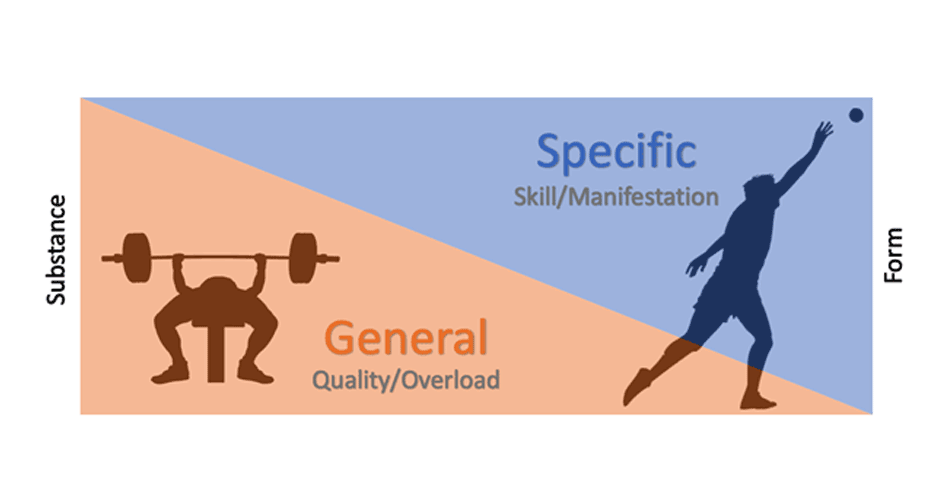Exercise Classifications for Resistance Training Prescriptions – Part 1
When prescribing resistance training exercises, coaches and athletes encounter numerous classification systems and methodologies. Bodybuilders often categorize exercises according to target muscle groups, such as the quadriceps or the pectoralis major. For strength specialists, specificity becomes a priority, with classifications based on the exercise’s similarity to competitive movements—for instance, the squat, bench press, and deadlift for powerlifters or snatch and clean-and-jerk variations for Olympic weightlifters. On the other hand, strength generalists often use fundamental movement patterns, categorizing exercises into categories such as upper-body pushing and pulling, as well as hip- or knee-dominant movements.
The method of classification ultimately hinges on the intended function or practical application. This article series dives deeper into these diverse classification approaches, equipping coaches, sports scientists, and performance analysts with practical tools for designing, prototyping, and analyzing resistance training programs.
In the first installment, the series introduces the “place-of-things” classification model—a comprehensive, detailed, and expansive framework. While this approach might initially appear overwhelming and practically unmanageable, it sets the groundwork by outlining all potential exercise classifications and tags. This thorough exploration helps clarify necessary details and considerations, acting as an essential step toward a more streamlined and practical solution, referred to as the “forum-for-action,” which will be addressed in detail in the subsequent installment.
Throughout the series, you will gain insights into building and managing your own structured exercise library, learn to design more precise and balanced resistance training programs, and develop skills in effectively monitoring and analyzing training loads. Additionally, each installment includes downloadable files—usable templates and examples—that you can immediately apply to your coaching practice or integrate into training apps and athlete management systems.
Your perspectives and experiences are invaluable—feel free to share your approaches, insights, or questions about resistance training classification in the comments section.












Responses